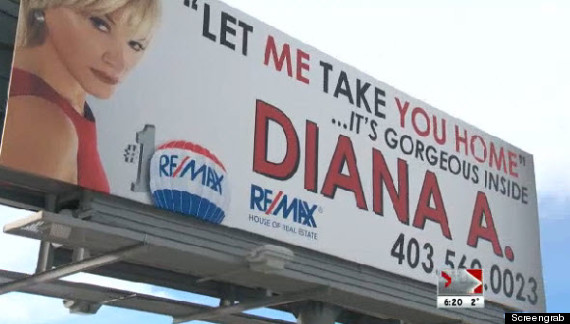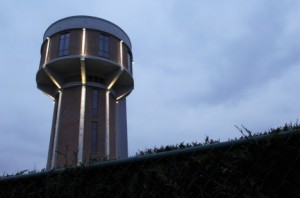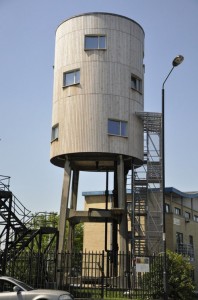An environmental program started by employees in 2006 has reduced energy consumption, water use and waste sent to the landfill at Cadillac Fairview’s Vancouver properties, the property management firm said Monday.
Cadillac Fairview’s Green At Work program began in 2006 at the company’s Waterfront Properties in downtown Vancouver. The program measures the company’s environmental impact and sets benchmarks to improve performance. Today it operates nationally, including at all of the Vancouver office properties managed by Cadillac Fairview (The Vancouver Sun is a tenant in Cadillac-Fairview-managed 200 Granville Street).
“At Cadillac Fairview we recognize that designing and operating our properties sustainably is both the right thing to do and the smart thing to do,” said Ultan Kampff, general manager, Pacific Centre and HSBC Building, Cadillac Fairview. The program works to reduce energy consumption and waste, improve environmental protection and encourage sustainable procurement.
Kampff said the program’s benefits include decreased operating costs, greater tenant loyalty and a healthier workspace.
“Employees today want to know they are working for a company that believes in sustainability,” Kampff said. “Tenants who occupy space in our buildings want to be able to tell staff that they are working in a building that’s operated by a landlord that cares about the environment.”
Financial rewards are given to facilities and employees when targets are met. For example, an operations manager in a building would be given a target to reduce the use of electricity, Kampff said. The manager might use strategies ranging from reminding staff or tenants to turn off appliances when they are not in the office, to suggesting using more efficient light bulbs or purchasing more efficient heating or air conditioning machines. If the manager meets or exceeds their targets, they would get a bonus, Kampff said.
Maury Dubuque, senior vice-president of office leasing at Colliers International, said virtually every client Colliers deals with considers green initiatives in the office a priority. There are two reasons for this, he said.
“Virtually every tenant of scale that we deal with has a corporate social responsibility platform, for one,” Dubuque said. “The second thing is that the younger generation — the millennials — demand it.”
He said the younger generation demands that their employer take sustainability seriously and that they have at least some environmental initiatives, such as paper recycling, composting or providing electric vehicle charging stations.
Nationally, Cadillac Fairview decreased energy consumption by 12 per cent and diverted 70 per cent of all waste away from landfills, Kampff said.
This month, the HSBC Building at 885 West Georgia St was certified LEED Gold in the Existing Buildings: Operations and Maintenance category. At that building, energy use was reduced 12 per cent from 2008 to 2012, while water use was reduced 27 per cent. The recycling rate was 65 per cent and 98.5 per cent of all waste was diverted from landfills in 2012, the company said. The 24-storey HSBC Building, built in 1986, contains both office and retail space and a large atrium entrance.
Cadillac Fairview owns and manages more than $21 billion of commercial real estate, including nearly 46 million square feet of leasable space in 79 properties across North America. The company plans to have all of its buildings within the Pacific Centre complex LEED certified by 2015.
Twitter.com/tracysherlock
image courtesy of stevecadman










